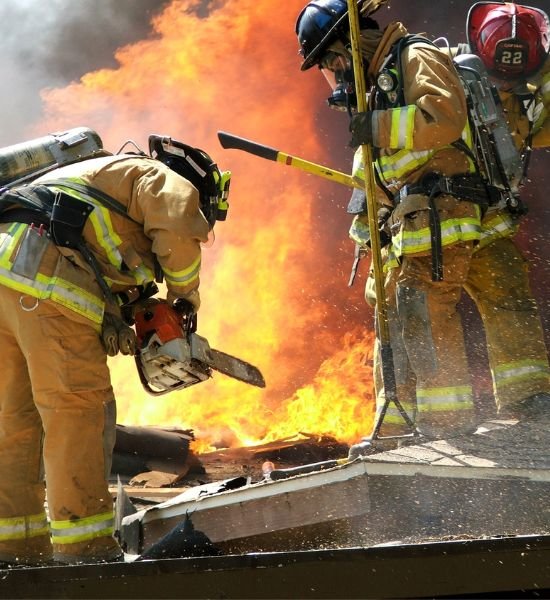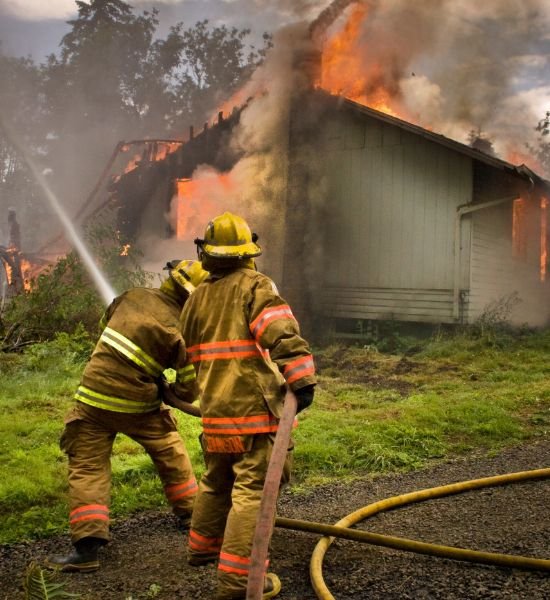- Surakshafire@live.com
- B-437, 513, Nehru Ground, NIT, Faridabad, Haryana (121001)
Fire Hydrant System
- Home
- Fire Hydrant System
System of Hydrants
The core of the whole fire fighting system is a well-designed and well-arranged Fire Hydrant System, one of the oldest yet still the most effective and ubiquitous fire fighting technique. With accessories, heavy duty over and below piping makes it up. Outside and Fire Escape Strategic placements are equipped with hydrant valves. In order to put out a fire, a fire hydrant is a pipe letting water to flow from a water main under valve control.
In all risk categories, the Fire Hydrant System is intended to combat big fires. It is meant to function even in the event of a portion of the afflicted building falling.
The two types of fire hydrants are dry barrel and wet barrel. While the dry barrel fire hydrant needs a valve opening to admit water, the wet barrel fire hydrant maintains a continuous flow.
It is intended for quick water access should a fire break out. Standalone systems, fire brigade connections operate like building-specific fire hydrants and offer fire protection immediately accessible to firefighters.

Hydrant-1 of the System Components
The Fire Pump Station has three parts: the Jockey Pump, Electric Driven Pump, and Stand-by Diesel driven Pump. Automatic pressure switch contacts dependent on hydrant network header pressure control the pump’s operation. The common delivery header is related to the delivery of the jockey pump and main pump.

Hydrant-Components-of-the-System-2
A fire-fighter opens a valve to get water from the water main, then attaches a fire hose to the hydrant. Most fire hydrants are constructed to let not less than 250 gallons (950 litres) of water pass each minute through them.
Having spent more than 35 years working in the fire safety sector, we know quite how essential fire protection equipment is. It is really important in safeguarding life and property. Having the appropriate tools and equipment available can help to greatly lower risk whether in a residential home, office, or public area. Let us discuss the five main sorts of safety equipment and their relative importance.
Fire Extinguishers:
Perhaps the most recognizable and often used piece of fire safety equipment are fire extinguishers. Four varieties of them are available, each made to address particular kinds of fires.
Water extinguishers
- Extinguisher of Foam Spray
- Extinguishes of carbon dioxide
- Extinguishers with Dry Powder
- Extinguishers wet chemical
Fire detectors
Early fire detection depends on fire alarms. They comprise heat detectors, smoke detectors, or a mix of both. Most frequently found are smoke detectors, which can detect the tiniest amount of smoke particles in the atmosphere. Heat detectors respond to elevated temperature. When triggered, fire alarms make a loud noise so everyone may flee swiftly. Truly they are life savers.
Fire detectors
Early fire detection depends on fire alarms. They comprise heat detectors, smoke detectors, or a mix of both. Most frequently found are smoke detectors, which can detect the tiniest amount of smoke particles in the atmosphere. Heat detectors respond to elevated temperature. When triggered, fire alarms make a loud noise so everyone may flee swiftly. Truly they are life savers.
Fire Blankets
Specially treated fire blankets are sheets made of fire-resistant substance. Particularly those involving flammable liquids or cooking oil, fire blankets are meant to smother and put out little fires. Designed for quick and easy wrapping around a person’s body or covering fires, fire blankets are particularly important in kitchens where most fires start. They are inexpensive and they save lives.
Escape pathways, exit signs, and emergency lighting
Visibility inside of a structure during a fire can be greatly reduced by power outages and smoke. Emergency lighting systems guide people toward the closest exit safely. They comprise battery-powered lights set throughout the structure to guarantee that evacuation paths are clearly visible even if the electricity is cut.
Fire Hose Reels
One excellent way to contain and put out bigger flames is using fire hose reels. They comprise usually reel-mounted strong hose connected to a water source. Fire hose reels may be found in commercial buildings, warehouses, and industrial sites.

